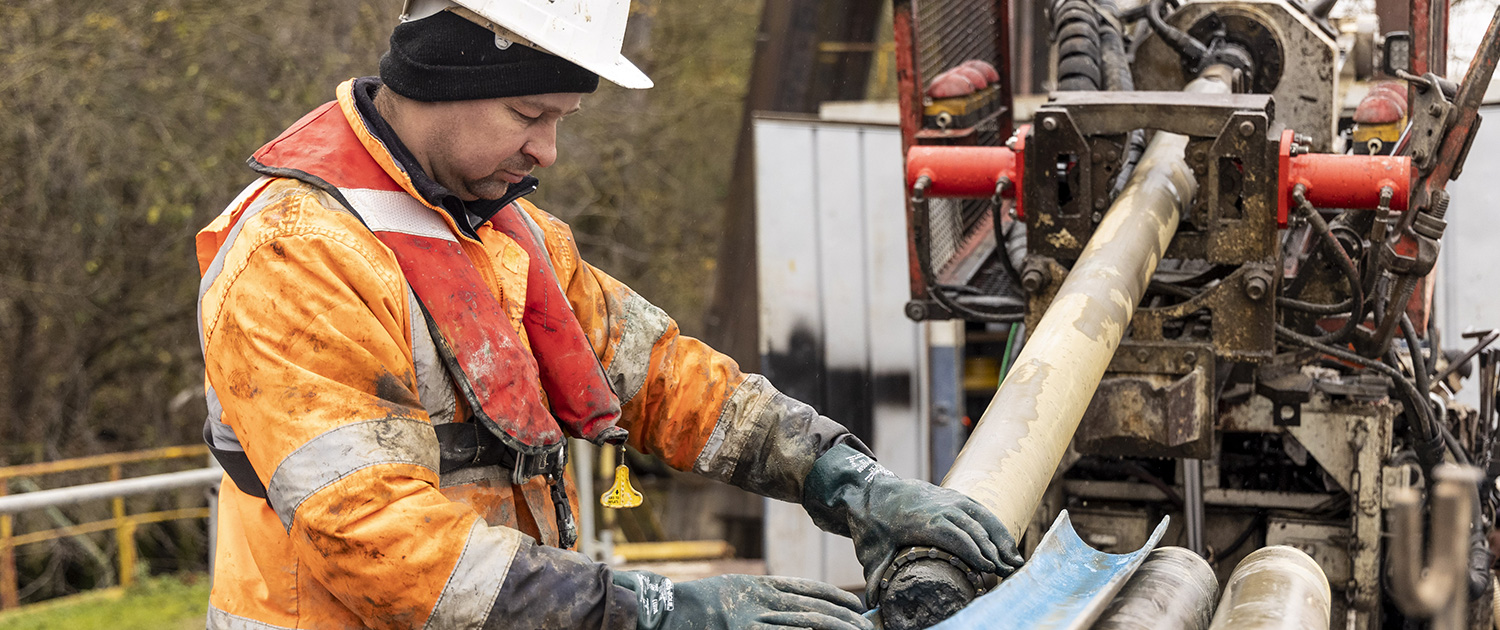
PROLOG System: a vision
Geotechnics is undergoing a major transformation.
Long rooted in empirical practices based on human expertise and field testing, the discipline is now entering a new era—driven by advancements in machine learning and artificial intelligence. This shift responds to urgent contemporary demands: the acceleration of sustainable construction, the need for greater control over risks in development projects, and the climate emergency pushing all sectors to reduce their environmental impact. This technological transition is not just timely—it has become inevitable.
Artificial intelligence allows geotechnics to move from observation to prediction.
Machine learning, by processing large volumes of heterogeneous and complex data, can identify patterns, anticipate soil behavior, and refine technical decisions in real time. This enables a reduction in the number of required tests, more targeted boreholes, and a more agile response to conditions encountered on-site. The geotechnical engineer, traditionally faced with significant unknowns, now has a tool to better manage uncertainty.
It is in this context that Prolog was born—a patented device designed to combine standardized data collection in drilling operations with an AI system that interprets this data instantly. What sets Prolog apart is its ability to precisely record essential drilling parameters: exact GPS position, penetration and rotation speeds, applied pressure, torque, as well as vibrations and soil response. Where human input introduces variability—due to individual experience, equipment, or methods—Prolog delivers consistent, traceable raw data. This data quality is key to effectively feeding machine learning algorithms.
The value of standardized data goes beyond precision—it also enables a significant reduction in the carbon footprint of soil studies.
By optimizing drilling plans and reducing unnecessary travel and on-site interventions, Prolog contributes to a more resource-efficient approach. Less fuel is consumed, soil is less disturbed, timelines are shortened, and unexpected delays are minimized. The result is twofold: greater operational efficiency and a reduced environmental impact. This is a concrete step toward more responsible engineering.
Prolog doesn’t replace experts—it empowers them.
It acts as an extension of their knowledge, offering real-time feedback from the field and confronting their intuition with robust statistical models. This interaction between human and artificial intelligence creates a virtuous cycle: each project enriches the dataset, refining the models, improving prediction accuracy, and leading to better-informed decisions. Linear processes are replaced by a continuous learning loop. This is the beginning of augmented geotechnical engineering.
The benefits are tangible across the sector.
Builders gain stronger foundation security during study phases, faster results, and reduced costs tied to unforeseen issues. Real estate developers can strengthen their applications, shorten permit timelines, and highlight their environmental commitments. Urban planners get better knowledge of the subsoil, improved cost control for infrastructure, and better anticipation of constraints. Architects gain access to precise soil data early in the design phase, fostering smoother collaboration with engineers. Individual clients and self-builders benefit from faster, more reliable, and more environmentally conscious soil studies. Public institutions find in Prolog a tool to improve the reliability of infrastructure, optimize budgets, and promote innovation for public benefit.
Despite its technical capabilities, Prolog remains user-friendly.
Lightweight, robust, and adaptable to existing equipment, it integrates easily into traditional drilling practices. It automates data collection, synchronizes it with a dedicated analysis platform, and delivers clear, ready-to-use dashboards. Soil profile visualizations, alerts for abnormal behavior, dynamic recommendations, and automatic reports offer unprecedented responsiveness in data interpretation.
By using Prolog, professionals also offer their clients real added value: faster studies, better-prepared projects, richer documentation, reliable tracking, and a lower carbon footprint. In a highly competitive environment where projects are judged on technical soundness, efficiency, and environmental commitment, Prolog becomes a strategic asset.
More than a tool, Prolog embodies a vision.
A vision of geotechnics that is hybrid—at the intersection of fieldwork and cloud computing, combining human expertise with algorithmic power. A renewed discipline based on data quality, process transparency, and stronger collaboration among all stakeholders. With automatic data standardization and complete traceability, Prolog rebuilds trust among project owners, engineering firms, insurers, public authorities, and institutions.
Prolog offers a clear, concrete, and ambitious response to today’s geotechnical challenges.
It redefines field practices, enriches them with data, and paves the way for smarter, faster, and more sustainable engineering. In today’s geotechnics, success lies as much in the quality of the data as in the depth of the soil. With Prolog, geotechnics enters a new dimension.